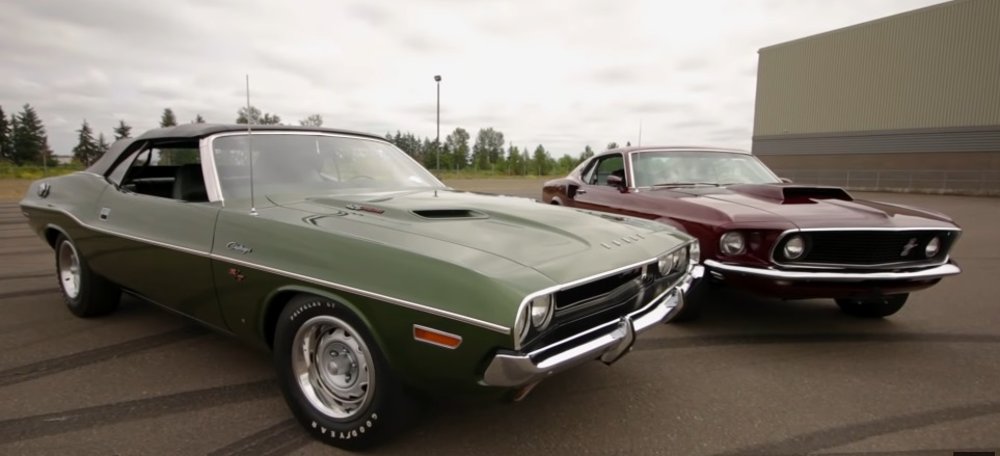1970 Challenger Hemi vs 1969 Mustang Boss 429: A Fair Matchup?
Both are two of the greatest muscle cars ever made, packing NASCAR-based power. But they most certainly aren’t equal.
The Chrysler Hemi is unquestionably one of the greatest American engines of all time and back in 1970, the 426-cubic inch variant of the hemispherical V8 made the Dodge Challenger one of the baddest muscle cars of all time. Although the 426 Hemi had been offered in Chrysler Group production road cars for a few years, but a version of this engine was also used to help Dodge and Plymouth dominate NASCAR.
Having seen how badly the Chrysler Hemi was beating everyone in NASCAR, Ford developed their own hemispherical cylinder head design, named the Boss 9 and measuring 429 cubic inches. This engine was very short-lived, but in the road-going Mustang Boss 429, this V8 helped created one of the most sought-after of the classic Ford pony cars.
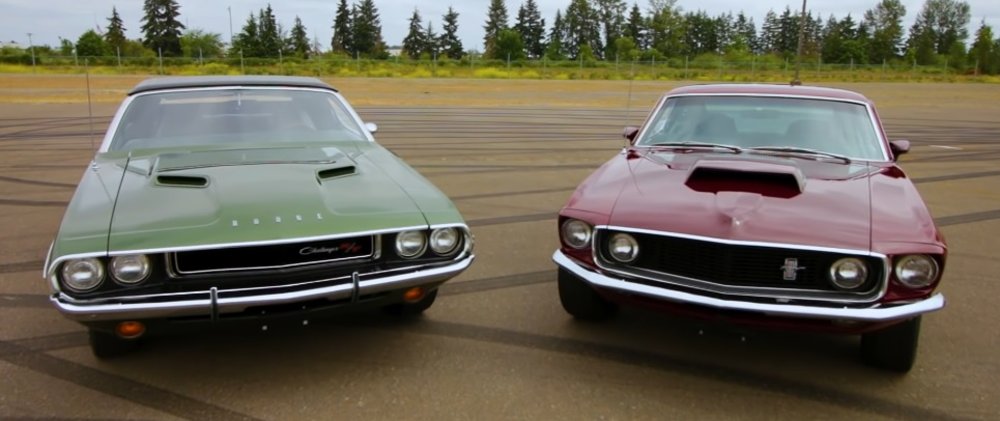
In the video above from V8TV, we get a look at the 1970 Challenger R/T Hemi side-by-side with the 1969 Ford Mustang Boss 429 to see how these two pinnacle muscle cars compared to each other.
NASCAR Power
The key feature of each of these classic muscle cars is under the hood, with the Challenger featuring the legendary 426-cubic inch Hemi while the Mustang features the Boss 9, which was Ford’s answer to the Hemi. Each of these engines were used in NASCAR and to do so, they had to be offered in a production road car. For Dodge, the Hemi was offered in a bunch of vehicles across the brands but for Ford, the 429 V8 was introduced specifically for NASCAR homologation requirements.
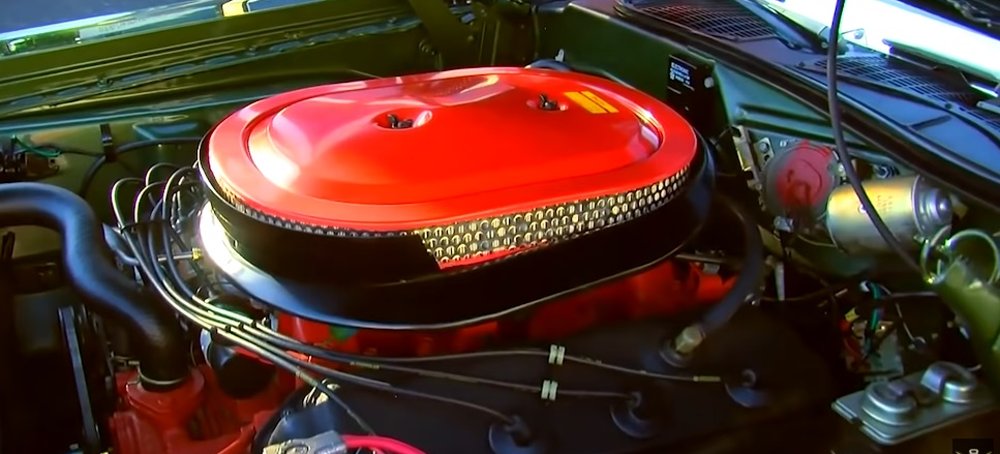
The 426 Hemi was officially rated at 425 horsepower and 490 lb-ft of torque while the larger Ford engine offered official figures of 375 horsepower and 450 lb-ft of torque. It was widely accepted that both of these engines were grossly underrated for insurance purposes, but they were still the most power engines offered by Ford and Chrysler during the original muscle car era.
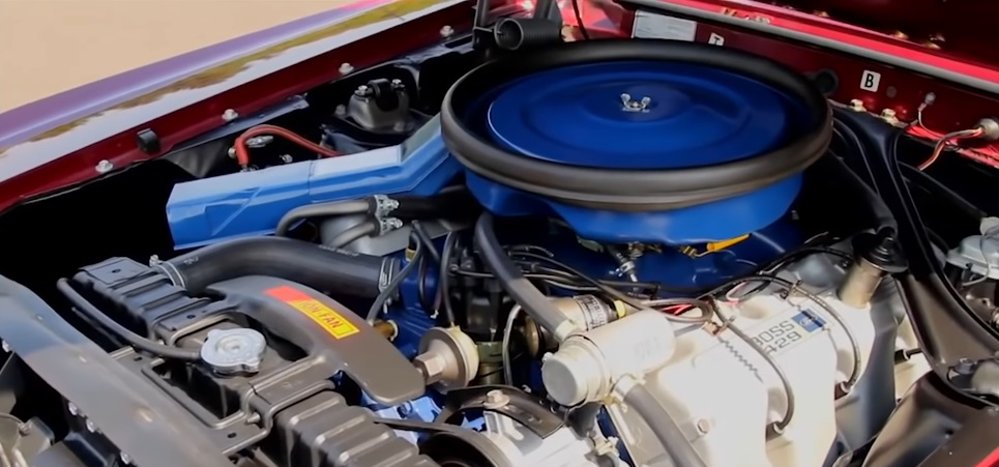
Very Different Machines
The 1970 Dodge Challenger was positioned as a “personal luxury coupe”, so it came heavily loaded, even with the 426 Hemi. With the R/T package, this car came with features like power steering, power brakes, an automatic transmission, an AM radio and an elaborate gauge package, making for what the video host calls “an easy-driving ride”.
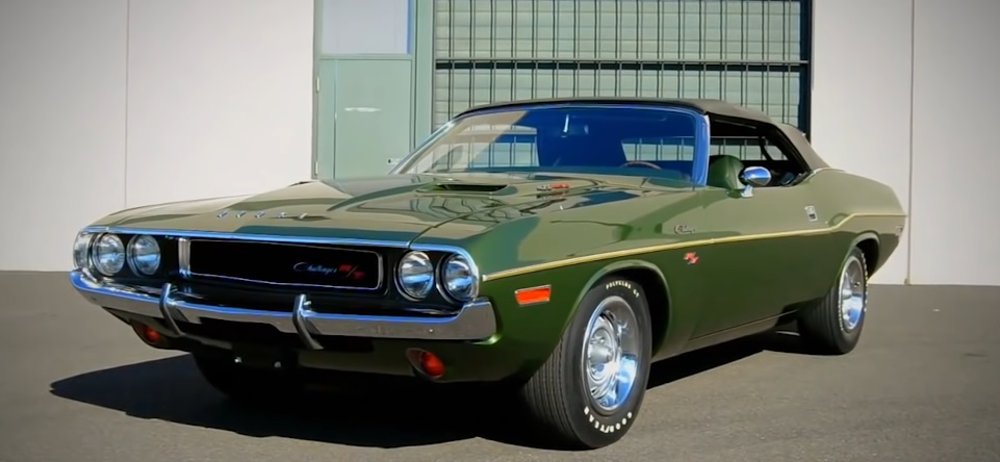
The Ford Mustang Boss 429 was designed to be a pure performance car, so it lacks the premium feel of the Challenger, coming with features like manual steering, a manual transmission and stiffer sport-tuned suspension, but it does have power brakes and an AM radio.
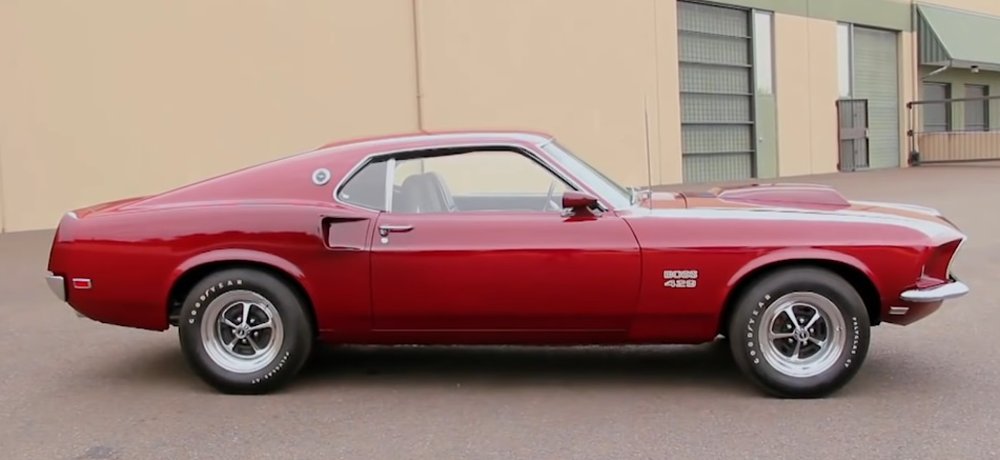
Finally, while both of the Mustang Boss 429 is fairly rare, with only 859 units made for 1969 and 499 more made for 1970, this Hemi Challenger is one of only 12 made with the 426-cubic inch V8 and the convertible top, making this Dodge one of the most sought-after muscle cars.
